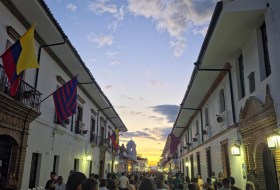News
Popayán: Between Incense and Quijo Granadillas. The magic and miracles of a special week, where we witness a symphony of the senses.
In Popayán, every Holy Week is an act of silent magic: the city becomes a place where everything gains new meaning. Amid incense, orchids, traditional sweets, and fruits like the Granadilla de Quijo, the capital of Cauca reveals its everyday miracles, showing us that faith, art, history, and flavor are distinct—yet deeply intertwined—ways of living and learning.
During Holy Week in Popayán, something special happens. It feels as if a kind of magic fills the air. Why? Because the capital of Cauca transforms. Perhaps this magic occurs because each Holy Week is unique—even though it takes place year after year, with rituals frozen in time, the days seem to unfold differently. Walking through the streets of a city that, like an ancient prayer, speaks itself into existence is like standing before a living altar. Not only because of the solemnity of its processions—which they certainly embody—but also because it achieves that rare miracle of blending the invisible with the tangible, the sacred with the everyday, and the sweet with the divine.
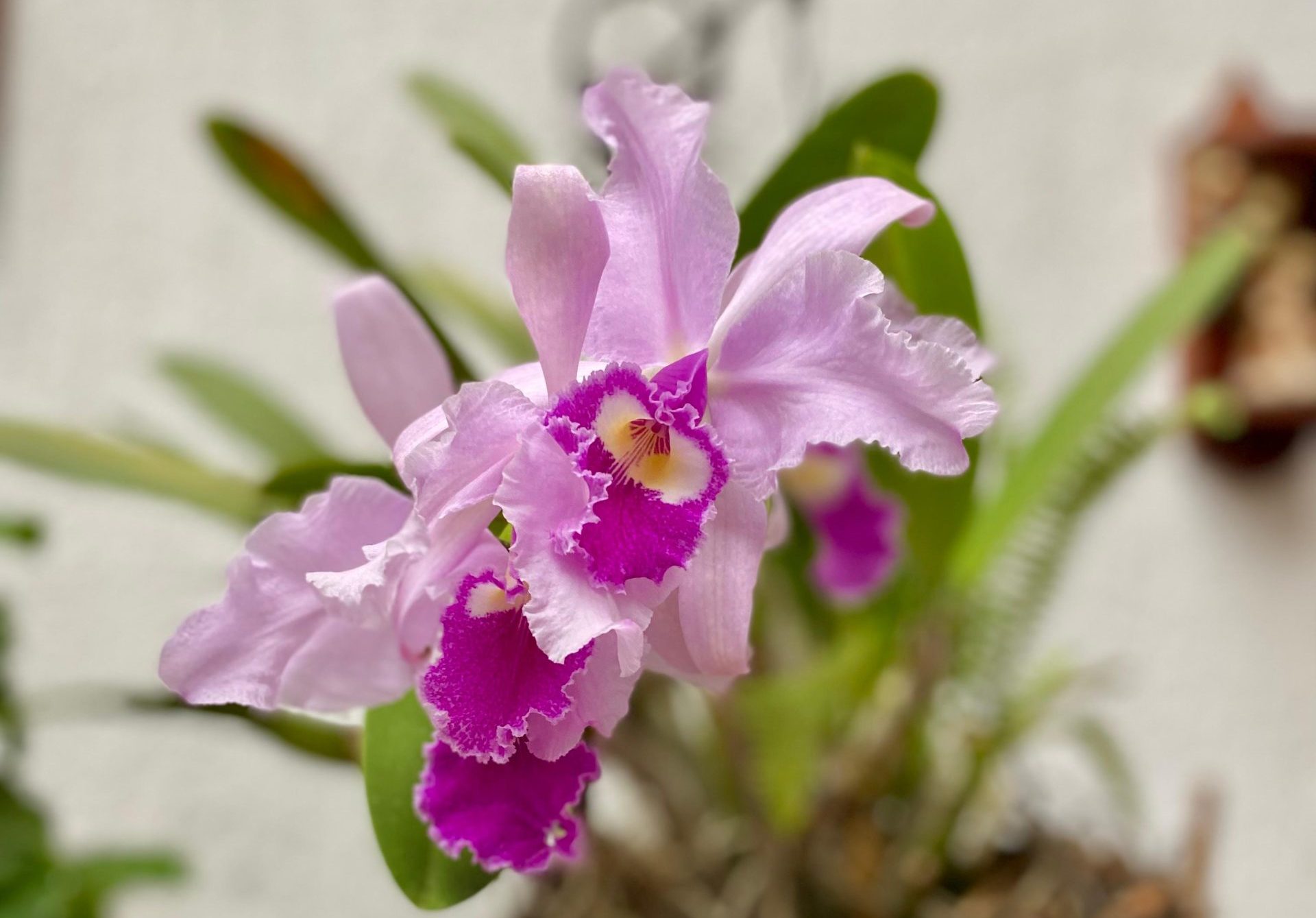
Provided photo
It seems that during this week, miracles become more visible. Let’s not forget that during this time, orchids bloom in patios, balconies, and hearts. Like the slow steps of the processions—those centuries-old platforms that move silently through the Historic Center—the orchids also open slowly, delicately, and precisely. Both flower and platform teach us that faith can be fragrance, color, texture, and also patience, care, and contemplation. That’s why it is vital—at least once in a lifetime—to witness the solemnity of the processions and the gathering of all variations (species) of our national flower at the Faculty of Human and Social Sciences, in the El Carmen Cloister, where wonder settles like slow incense on the memories of those who know how to see.
Another of this season’s miracles goes beyond visual contemplation and reaches the palate, since only during these days does a fruit as unique as the celebration itself appear: the Granadilla de Quijo. Its flavor is so special that it now has its own festival in the municipality of Timbío. And rightly so, because its rough, golden-yellow peel, which shines like gold and hides a delicious treasure inside, evokes the vault of the Archdiocesan Museum of Religious Art—a place that also opens only during Holy Week. There, where monstrances encrusted with precious stones rest, one also finds the flavor of what is unspoken, what is prayed with the eyes. In Popayán, even the fruits have faith.
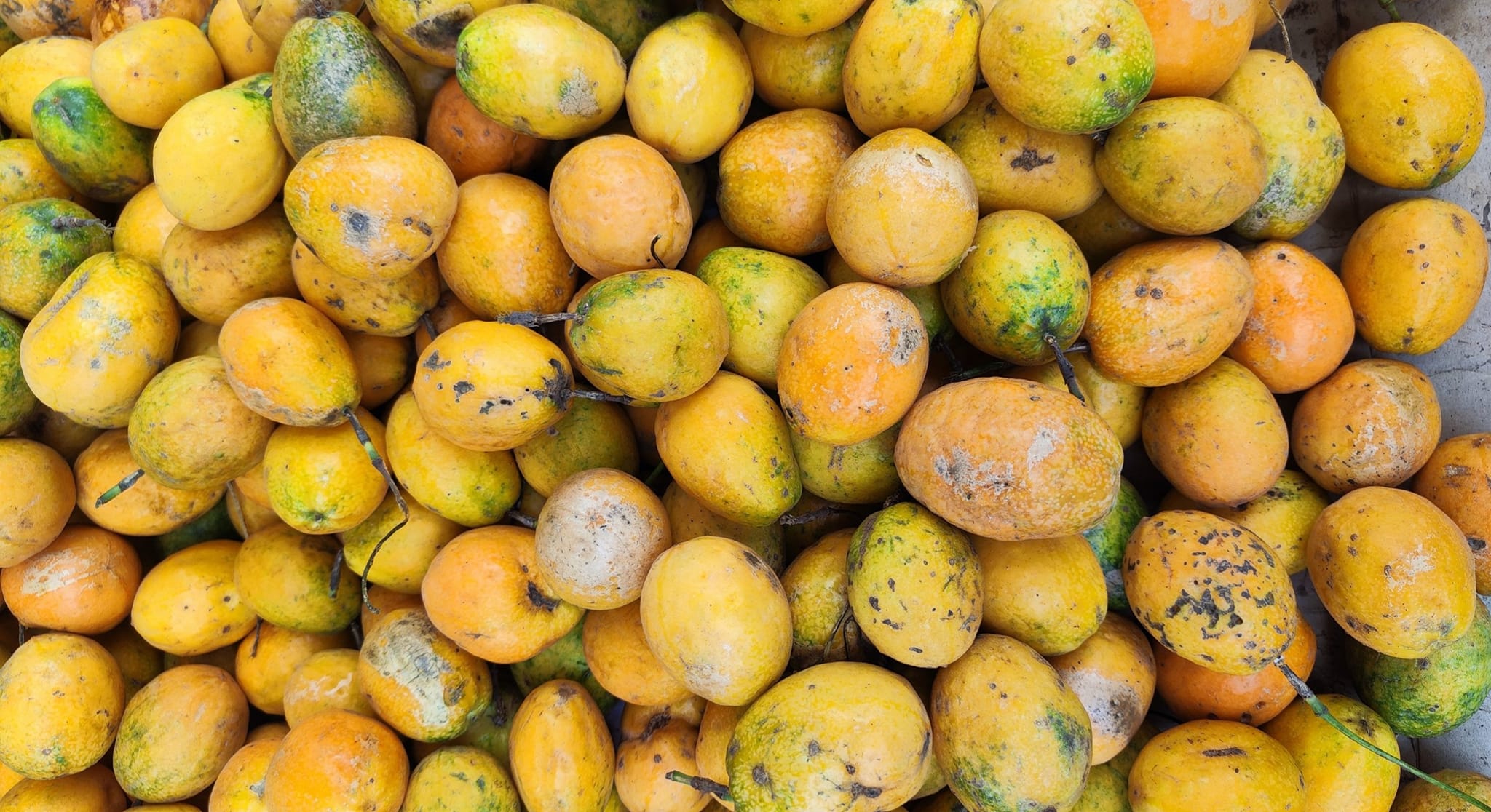
Provided photo
During Holy Week, some places that are usually of interest year-round take on a truly leading role. That’s the case with the Francisco José de Caldas Assembly Hall, which opens its doors to the public, allowing everyone to admire its splendor beyond the concerts, symposiums, lectures, graduations, and other events that fill its halls daily. The same happens with the traditional obleas (wafer sweets), which can be found all year in little hidden corners of Popayán, but during Holy Week, they multiply and appear everywhere—crispy and generous, like a sweet liturgy shared among those who know that joy and knowledge can also be street-bound and festive.
Then there are the chontaduros—firm and reddish—which are easily found in the city. They are like the Guillermo Valencia Theater: a heritage that doesn't hide, that offers itself generously, that remains steady, waiting to be looked at, listened to, and savored with the soul. As if each performance were a warm and salty fruit, served with honey or salt depending on the mood of the spectator. Because in Popayán, even art has flavor.
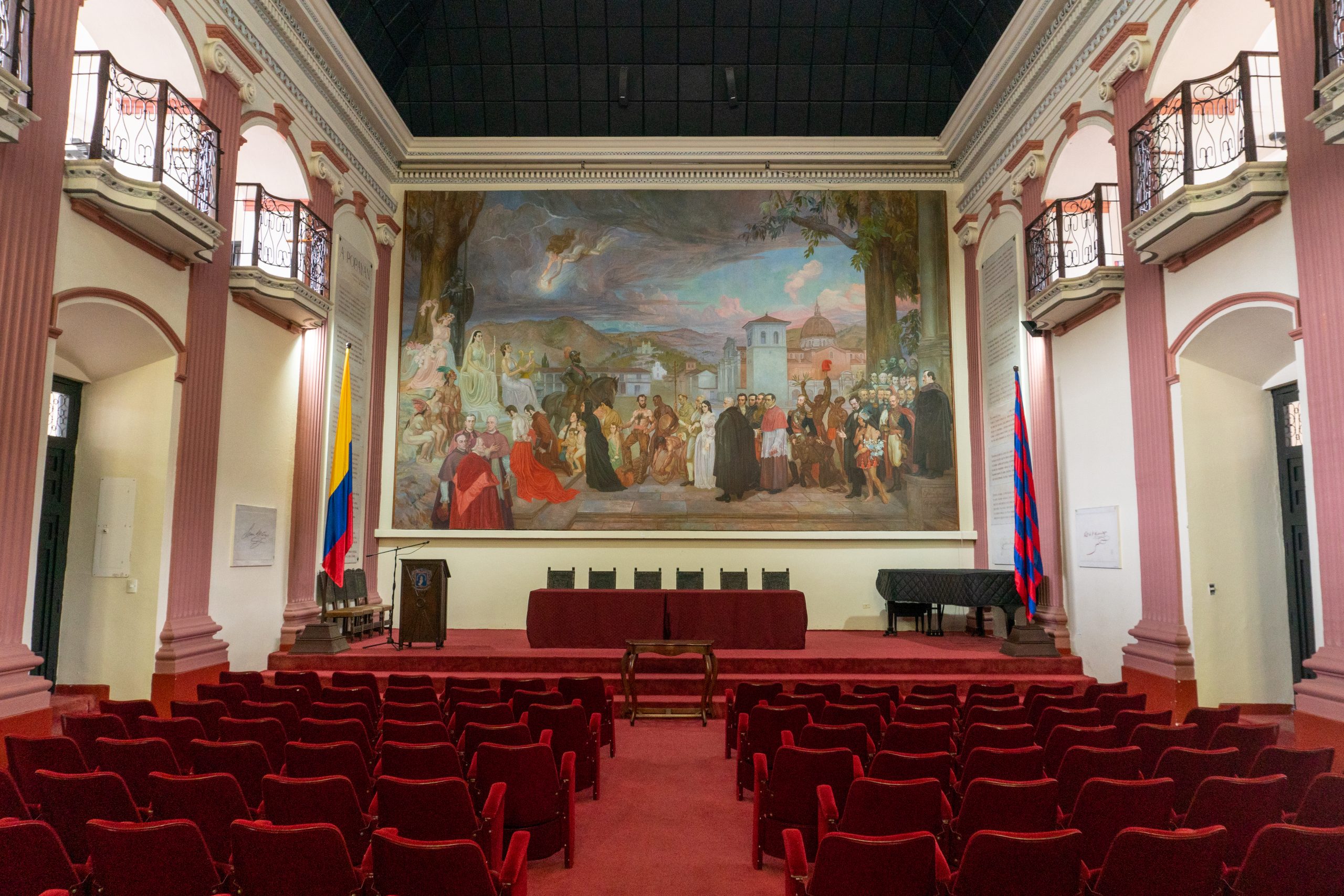
Provided photo
The Edgar Negret Museum, in contrast, is like Baudilia’s salpicón (fruit cocktail): different, vibrant, and unique with its colors and shapes that never repeat. Sculptures that could be fruits, fruits that could be poems, and flavors that explode as if each bite were a brushstroke on the palate. Visiting this museum reminds us that art can also be eaten, drunk, and shared—because there, pieces are not only observed; they are felt, as if they had a pulse, as if they had a voice. Like salpicón, which gathers many flavors into one glass, the museum gathers memories, gestures, materials, and silences to tell us, without saying it, that art—like life—can be sweet, sour, cold, and radiant all at once.
This almost mystical journey brings us to Doña Chepa’s applanchados (traditional sweets), whose unmistakable sweetness resembles the Guillermo León Valencia House Museum: an acquired taste, a shared family secret, a way of saying that memory can also melt between your fingers. Crunchy on the outside and soft inside, they mirror the visit to the former president’s house, where every room, every portrait, every carefully placed object reveals an intimate story intertwined with the country’s history. Just as applanchados are passed down through generations—wrapped in paper and affection—this house preserves affections, gestures, decisions, and silences that marked an era. Visiting it is like pausing to taste the past—not with nostalgia, but with gratitude, because in its corners, as in Doña Chepa’s sweets, lives a sensation that doesn’t overwhelm but softly lingers in memory.
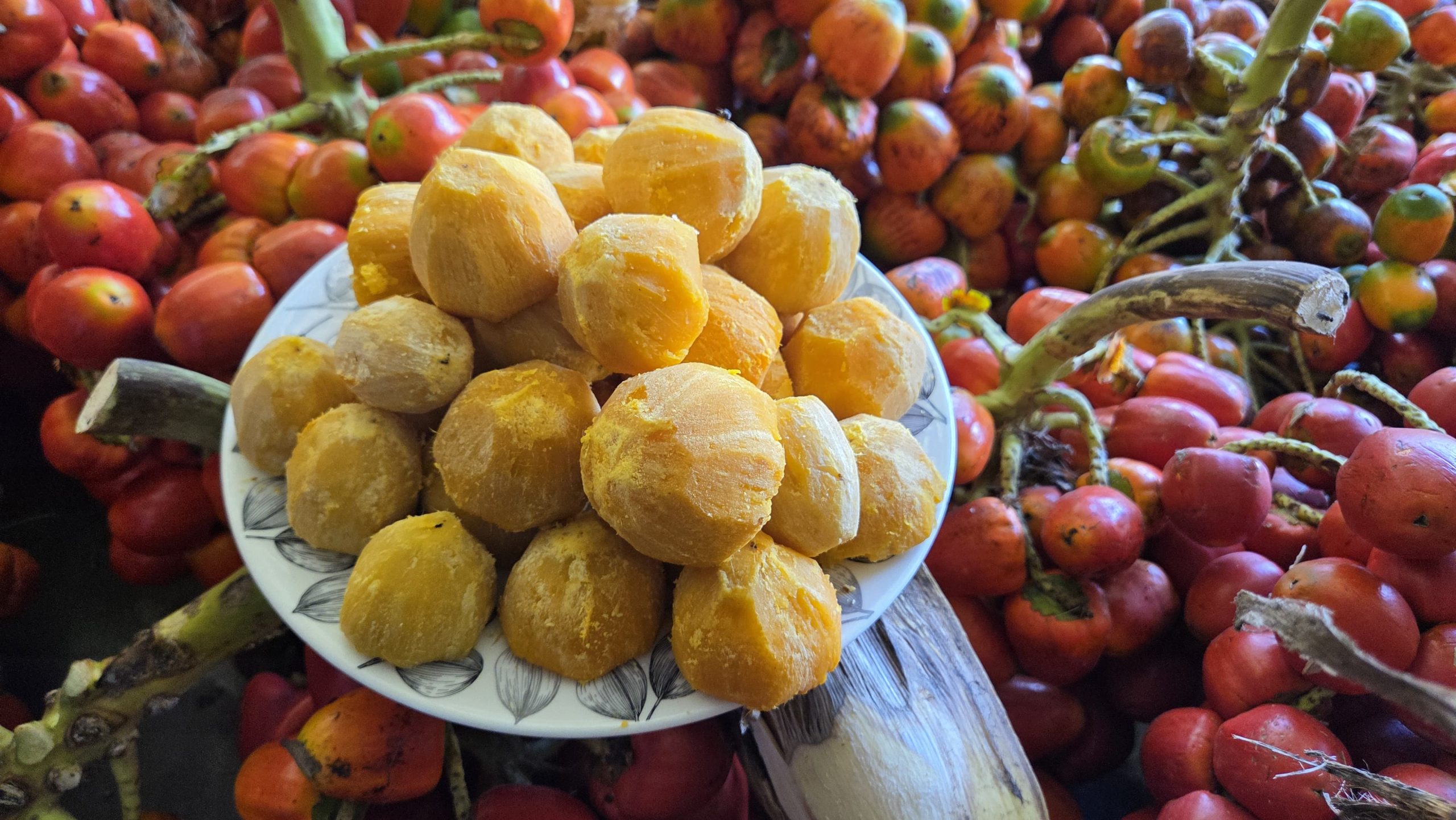
Provided photo
On the street corners, dulce de pata (a chewy traditional candy) is offered, sweetening strolls through the historic district. It usually appears just as skilled hands stretch and fold it again and again until it turns white and takes on its characteristic soft and silky texture. Similarly, at the Pantheon of the Heroes, history stretches across tombstones and anecdotes, preserved like sugar in the memory.
And when it comes to secrets, the National Museum Guillermo Valencia holds treasures in its rooms as exquisite as the dessert improvised to honor president-elect Eduardo Santos. At a dinner in Popayán, when the planned dessert failed, the cooks created a spontaneous and delicate treat that won him over. When asked for its name and finding it had none, they named it after him. Spontaneous, refined, and diplomatic—like many of the museum’s pieces—full of history and elegance.
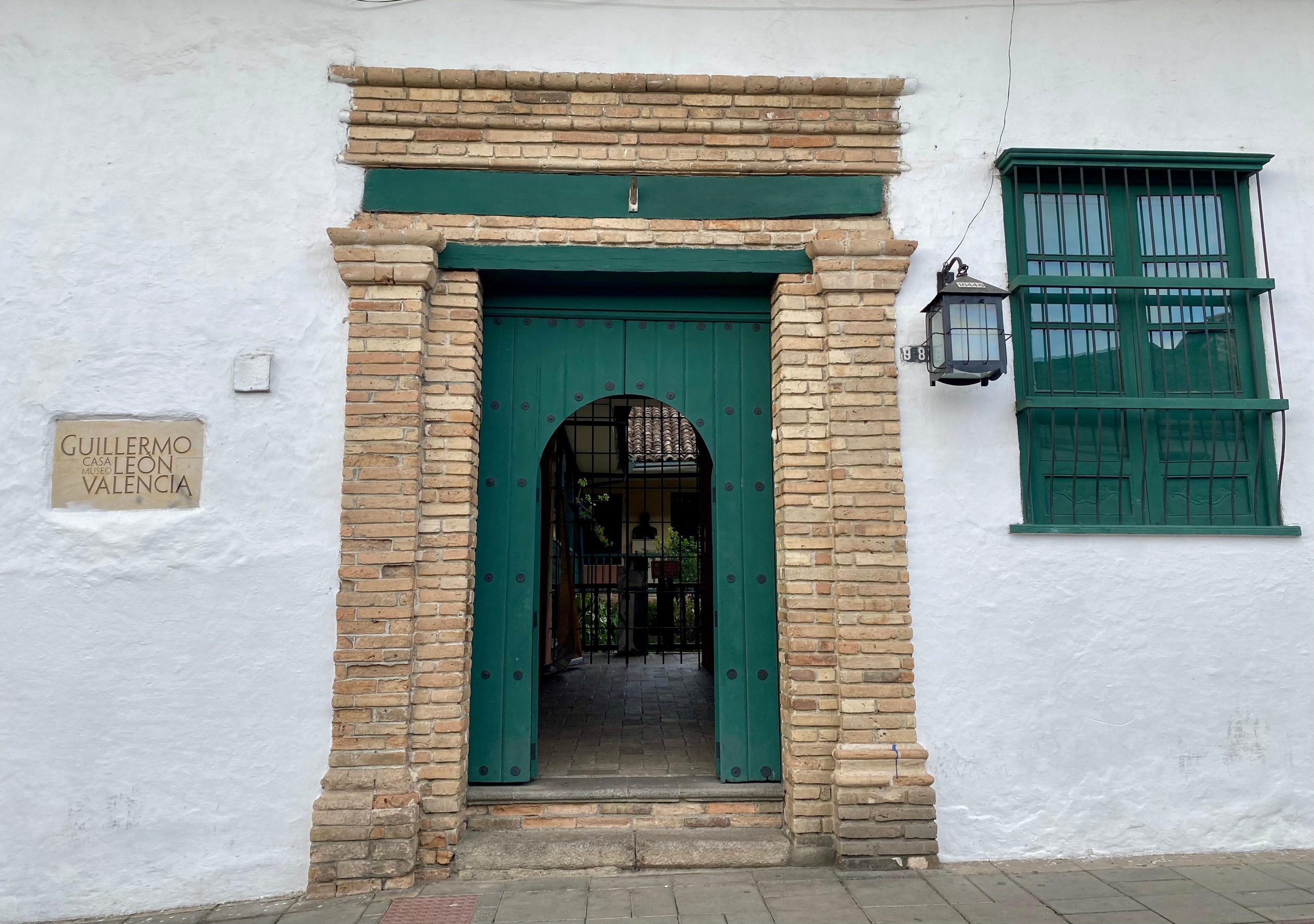
Provided photo
Colaciones (small traditional candies), for their part, resemble the Mosquera House Museum: diverse, colorful, and traditional, offered in red and white kiosks where nostalgia is sold by the spoonful and memories become sweet to the touch. Like that grand house that preserves echoes of a republican era, colaciones evoke a living heritage and a history preserved with pride and simplicity. Just like these treats appear on every corner of the historic center, offering sweetness at a slow pace, so too does the University of Cauca—on every street of this heritage zone—where a building, a cloister, a faculty, or a library can be found. The Alma Mater stretches through the city like the colaciones kiosks: humble and constant, nearby and generous, part of the landscape and the heart. Because in Popayán, knowledge and flavor meet—without warning—around every corner.
Yuca mantecadas (cassava cakes), soft and dense, might be found in the halls of the Luis Eduardo Ayerbe Foundation House Museum. Their texture, both firm and delicate, recalls the blend of rigor and warmth that lives in every corner of the place. There, silverwork, bronzes, colonial art, and timeworn furniture engage in a silent dialogue with the patience of those who cook history slowly. Because teaching also happens this way: with cared-for details, with hands that polish and preserve, with everyday objects that today are testimonies. Walking through this museum is like opening an old oven and finding not just recipes, but memories—not just collectibles, but ways of living, resisting, and being. Like mantecadas, which are both food and symbol, this place nourishes the soul with knowledge wrapped in memory.
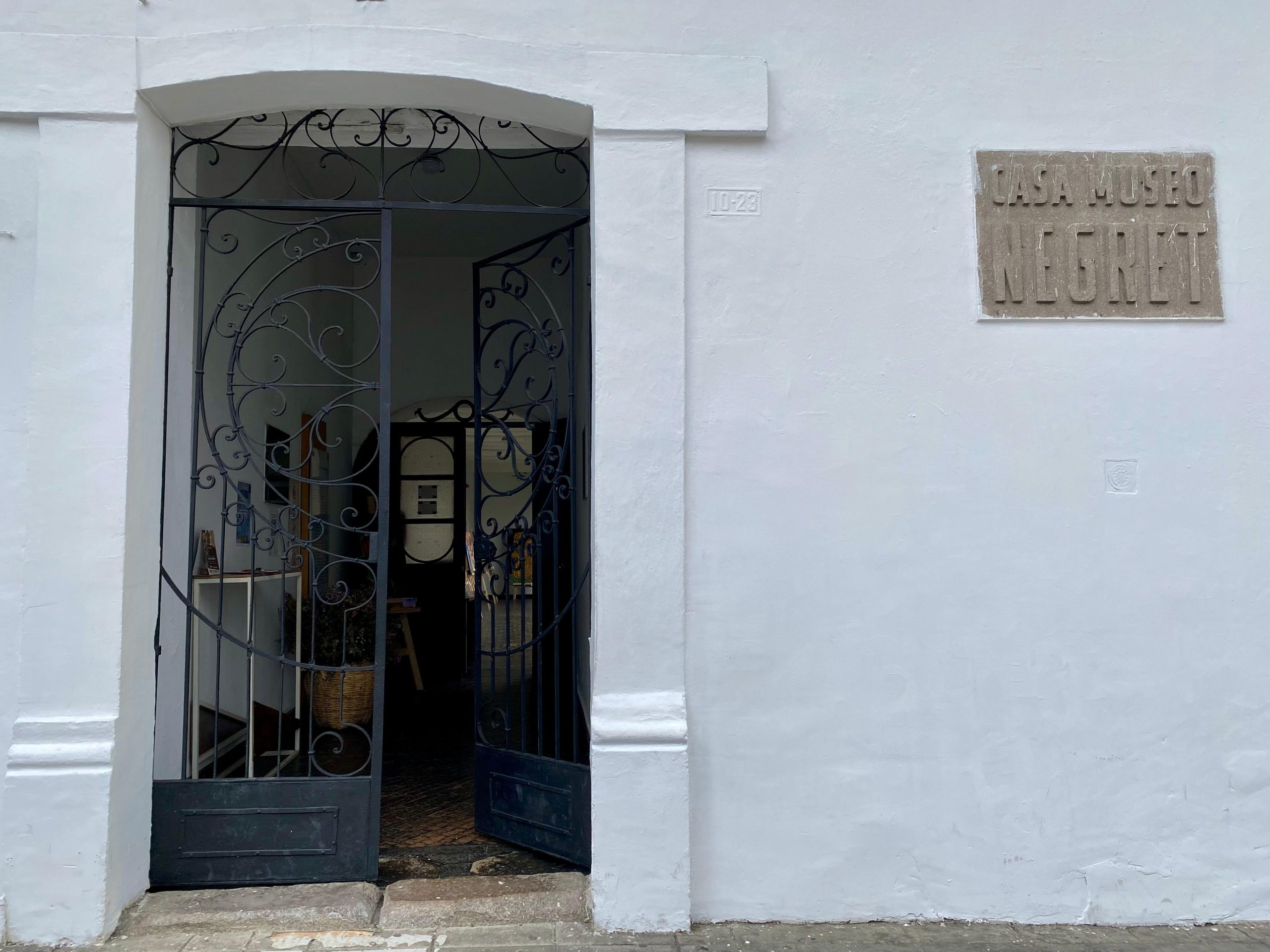
Provided photo
If you walk to the Office of the Vice Rector for Research, you’ll find in the same building the Natural History Museum—the pipián of education: base, substance, heritage. A flavor found everywhere, that mixes with anything, that turns simplicity into tradition. Just as pipián contains potato, peanuts, and annatto—a memory of ancestral knowledge—the museum holds in its halls the biodiversity of a prodigious territory inhabited by tiny insects, colorful birds, secretive mammals, ancient stones, and bones that speak. Visiting it is like entering a kitchen where stories of deep Cauca are simmered slowly, with ingredients that grow in forests, highlands, and rivers. Because learning also means feeding on questions, wonders, and all the forms of life that—like pipián—seem simple, but in truth hold entire worlds within them.
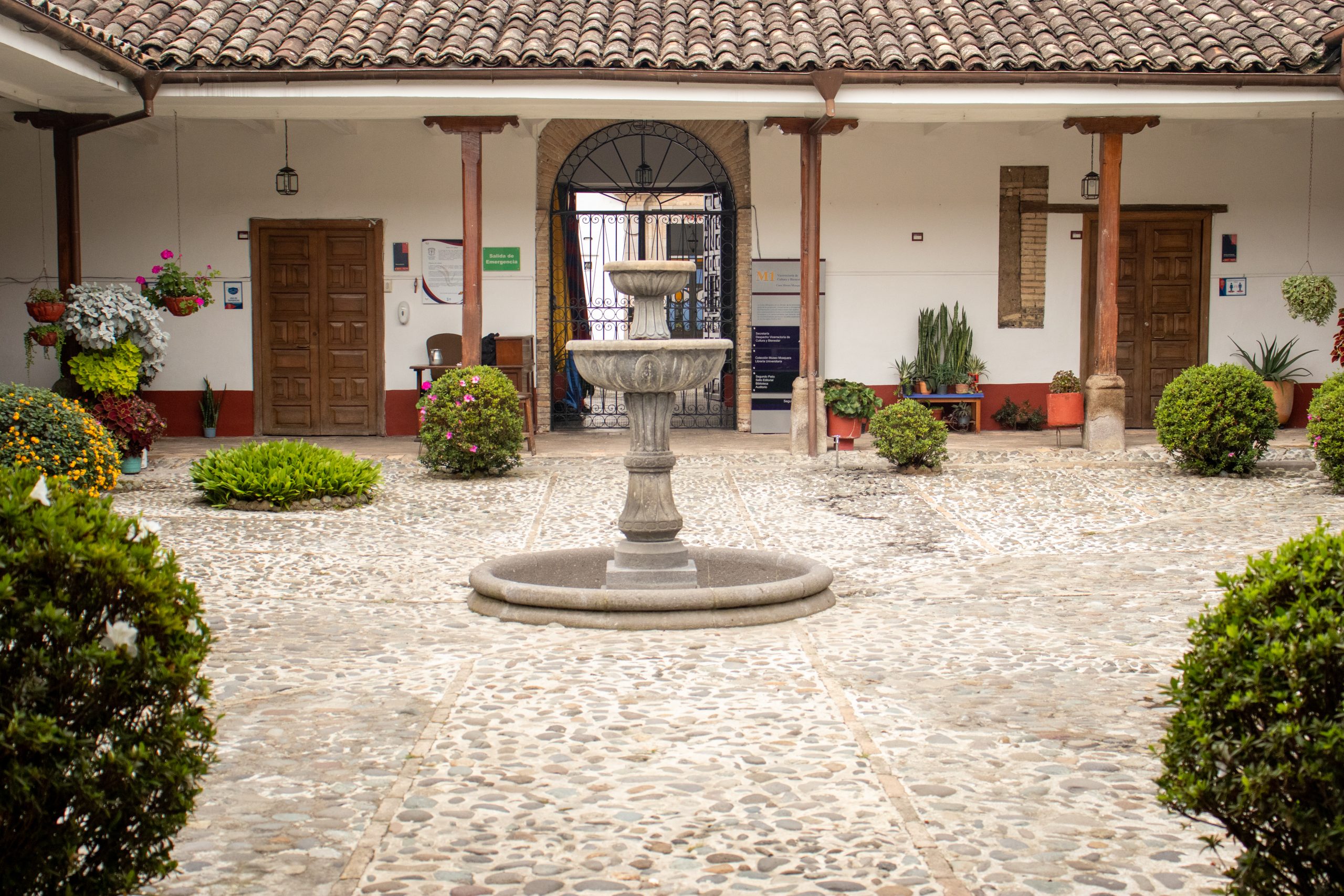
Provided photo
In conclusion, Popayán becomes, each Holy Week, a full symphony of the senses. Every space of knowledge, art, and faith connects with a flavor, a fruit, a gustatory memory. And beneath it all—processions, museums, sweets—are just different ways of teaching. Because this city has long understood that education doesn’t only happen in classrooms. It’s also shared in a mass, in a gallery, in a plaza, or in a conversation at the foot of a church or around a stove.
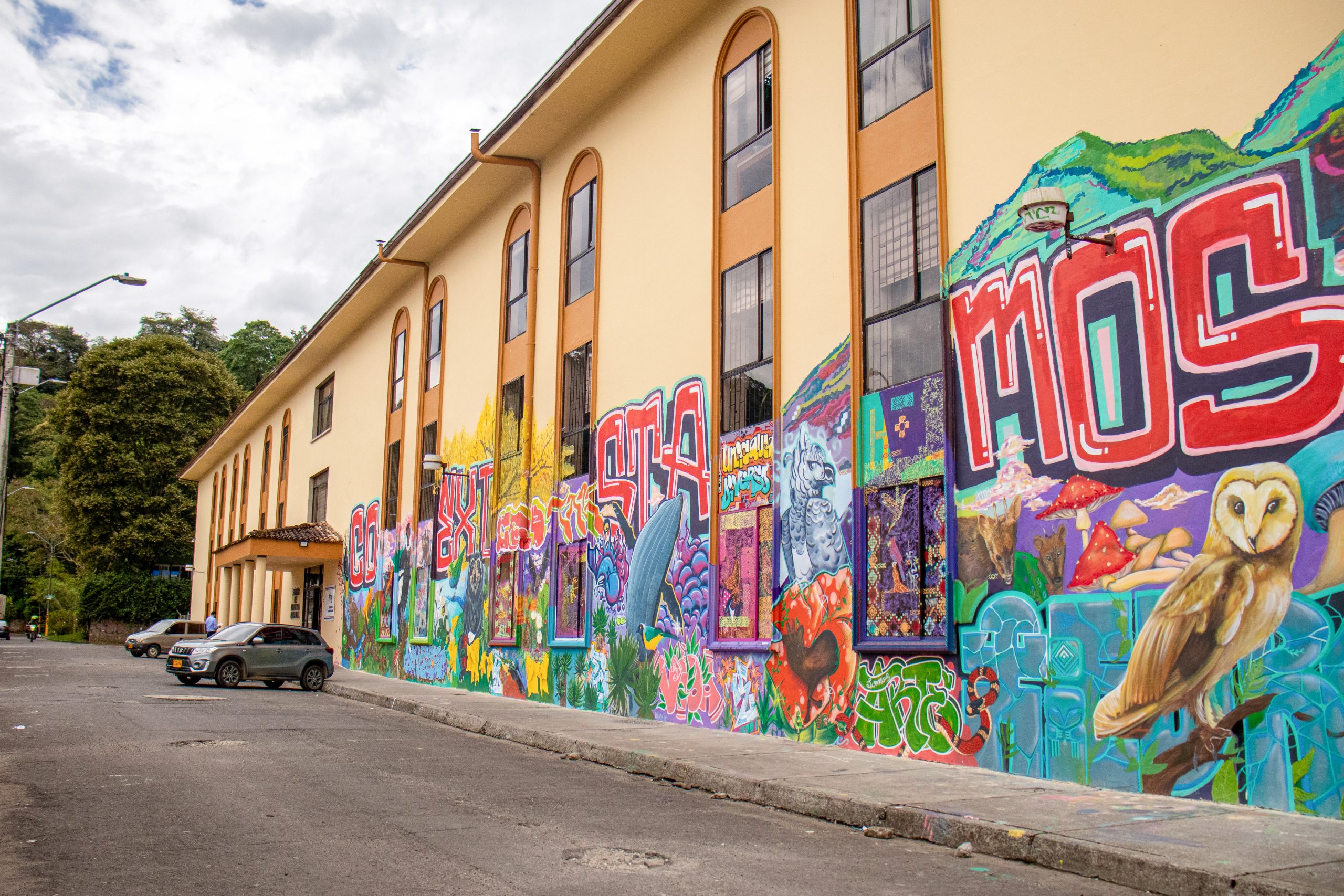
Provided photo
Popayán teaches with the tired feet of a carguero (procession bearer), with the subtle brushstroke of a Quito-style oil painting, with the perfect tang of a ripe Granadilla de Quijo. Whoever visits during Holy Week discovers that some forms of knowledge are not written down—they are felt, tasted, and celebrated. Such is this house of thought that is #HeritageForAll and that, during this season and all year round, keeps its doors wide open for everyone.
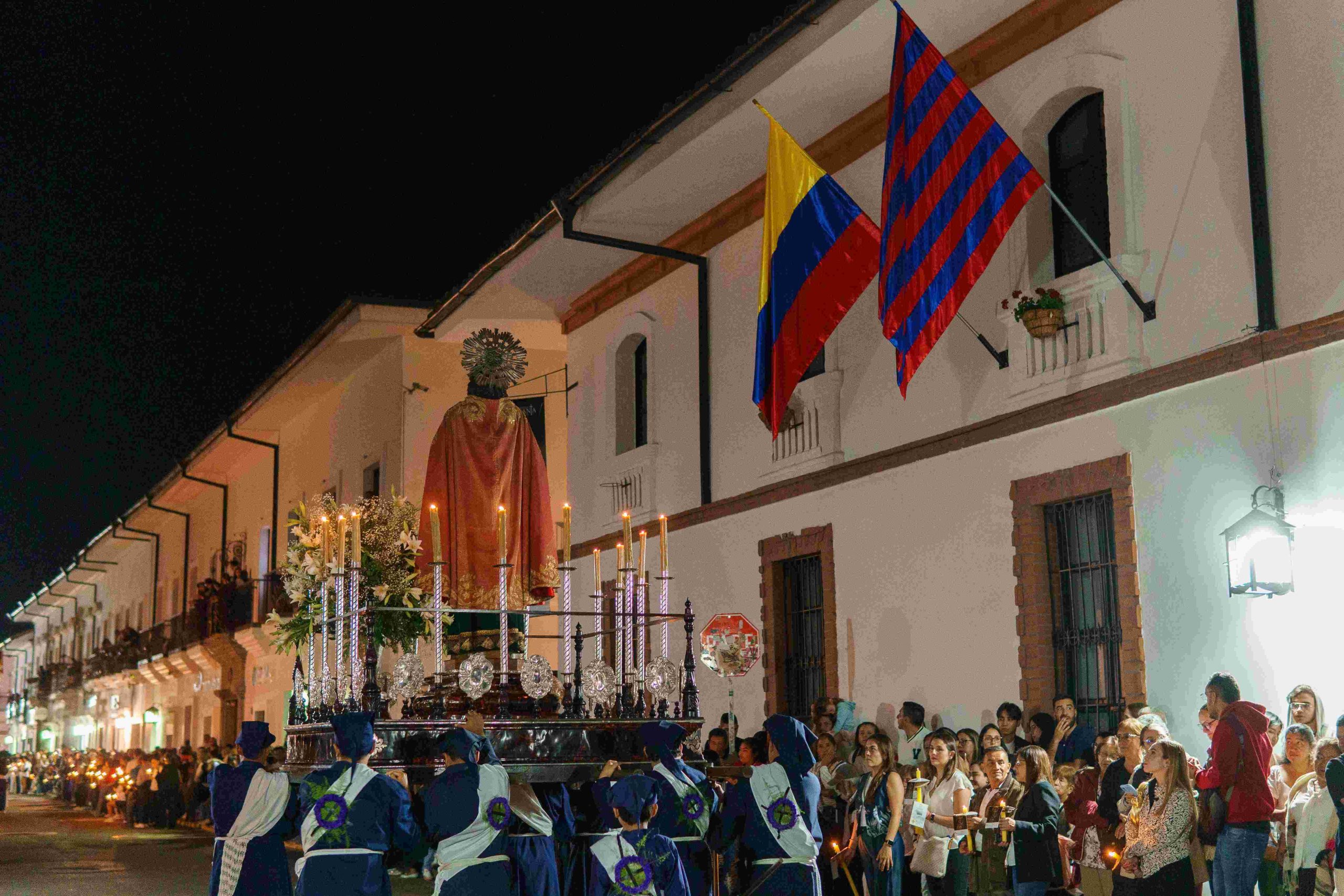
Provided photo
Written by: Center for Communications Management


